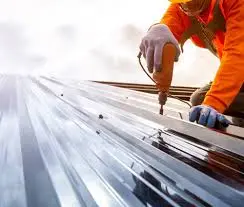Knowing when to replace a roof is crucial for protecting your property and avoiding expensive damage down the line. There are several key signs that indicate it may be time for a roof replacement. These include curling, cracked, or missing shingles, frequent leaks, sagging areas in the roof deck, water stains on ceilings or walls, and visible wear or rust on flashing, gutters, or other roof components. Even if visible damage is minimal, the age of the roof is an important factor to consider. Most asphalt shingle roofs have a lifespan of 20–25 years, while metal, slate, or tile roofs can last significantly longer, sometimes exceeding 50 years with proper maintenance.
Delaying a necessary roof replacement can lead to serious consequences. Water intrusion can damage the structural integrity of your home, create mold or mildew issues, and compromise insulation efficiency. Minor leaks or damaged shingles can quickly escalate into major problems, increasing repair costs and potentially shortening the lifespan of the roof even further. Regular professional inspections allow homeowners to monitor the condition of their roof, determine whether minor repairs are sufficient, and plan for a full replacement when needed. By recognizing the warning signs early and acting promptly, property owners can ensure long-term safety, maintain the value of their investment, and avoid costly emergency repairs in the future.
“A structured replacement process ensures a durable and leak-free roof.”

Replacing a roof at the right time protects your home, ensures safety, and maintains property value. Working with a professional roofing contractor guarantees proper installation, compliance with building codes, and a durable, reliable roof.


